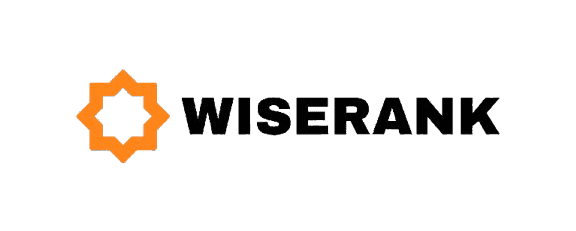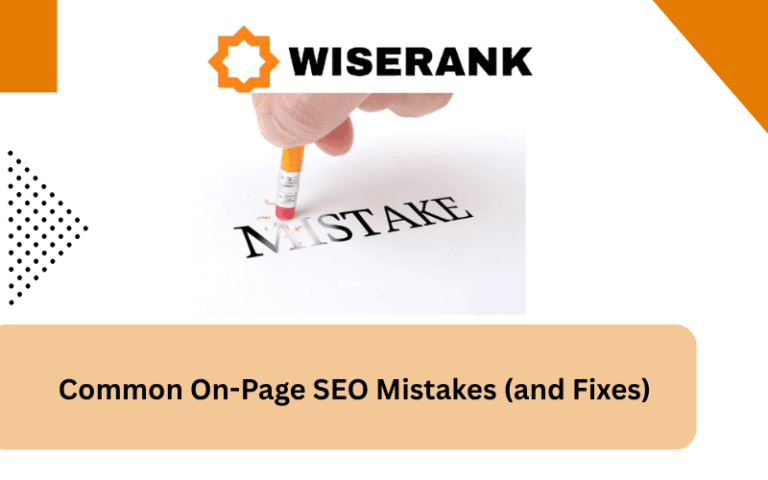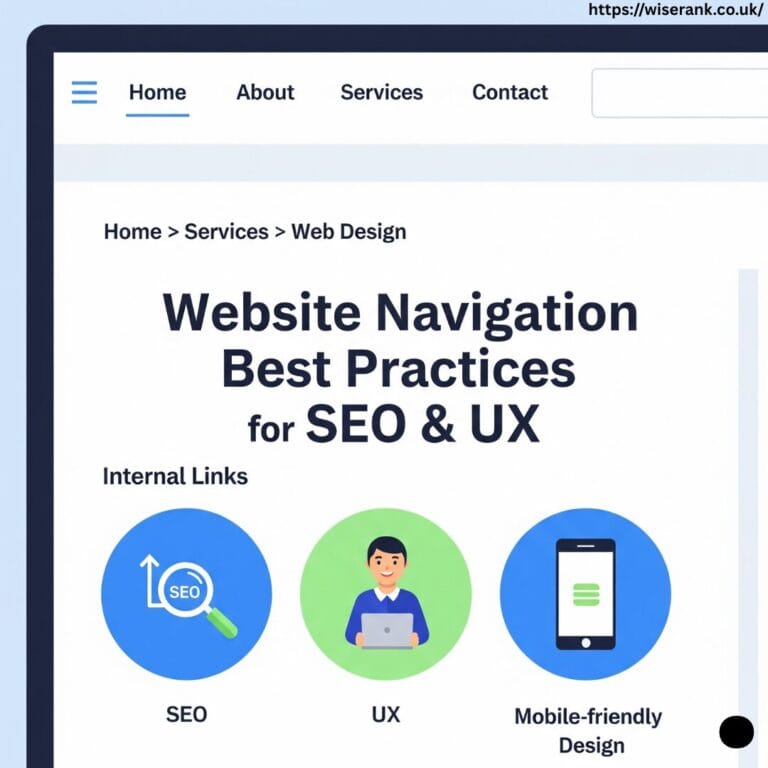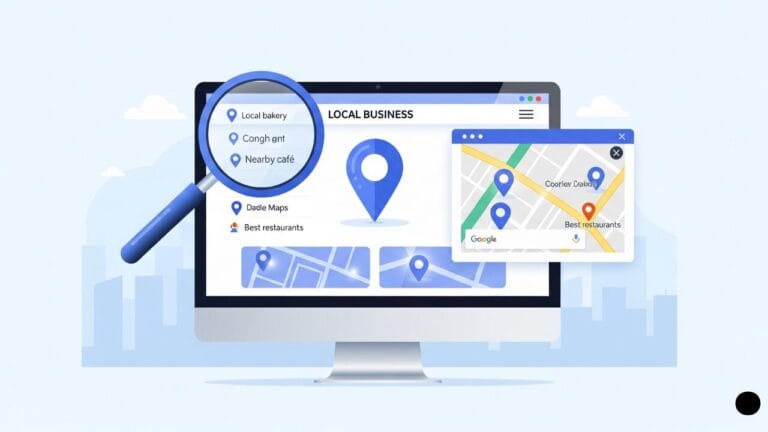Understanding White Hat and Black Hat Link Building
Link building divides into two fundamental approaches: white hat methods that follow search engine guidelines and black hat tactics that manipulate rankings through deceptive practices. Understanding this distinction protects your website from penalties while building sustainable authority.
White hat link building focuses on earning links through quality content and genuine relationships, while black hat techniques attempt to game the system through manipulation. The path you choose determines whether you build long-term success or risk devastating penalties.
What Is White Hat Link Building?
White hat link building involves earning backlinks through ethical practices that provide genuine value to users and follow Google Webmaster Guidelines. These strategies focus on creating content worth linking to and building authentic relationships within your industry.
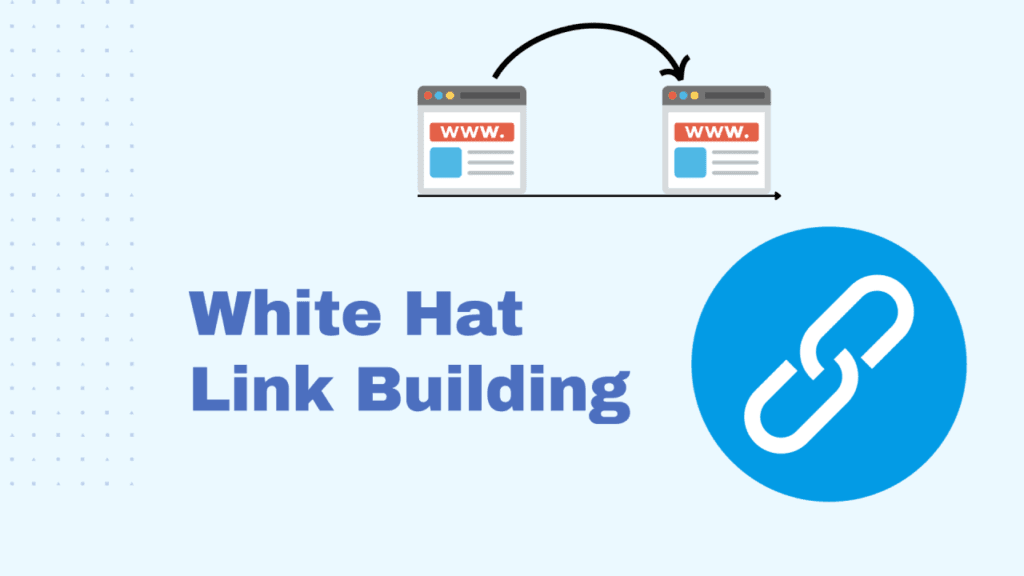
Google rewards white hat tactics because they improve the overall quality of search results by promoting genuinely valuable content that users want to find and reference.
Core Principles of White Hat SEO
White hat strategies prioritize user value over search engine manipulation, follow all search engine guidelines explicitly, build sustainable long-term authority, and create genuine relationships with other websites and content creators.
Why White Hat Matters
Ethical link building provides penalty-free growth, builds sustainable rankings that last, creates real business value beyond SEO, and establishes your brand as trustworthy and authoritative in your industry.
White Hat Approach Benefits
Long-term stability without penalty risks, genuine authority that compounds over time, real referral traffic from quality links, and brand reputation enhancement through association with trusted sites all result from white hat practices.
What Is Black Hat Link Building?
Black hat link building uses manipulative tactics that violate search engine guidelines to artificially inflate rankings. These techniques prioritize quick results over sustainability and user value.

Black hat methods might produce short-term gains but carry significant risks including manual penalties, algorithmic devaluation, and complete removal from search results.
Common Black Hat Characteristics
Black hat tactics involve manipulation rather than value creation, violate Google’s Webmaster Guidelines, provide poor user experience, and prioritize rankings over genuine authority building.
Why People Use Black Hat Tactics
Some marketers choose black hat methods seeking quick results without effort investment, trying to compete without quality content, operating in highly competitive niches, or lacking understanding of long-term consequences.
The Real Cost of Black Hat
Websites using black hat techniques face manual action penalties from Google, algorithmic devaluation that tanks rankings, loss of organic traffic and revenue, and damage to brand reputation that extends beyond search results.
White Hat Link Building Techniques That Work?
Ethical link building requires effort and patience but delivers sustainable results that strengthen your website’s authority over time.
These proven white hat strategies align with search engine guidelines while building genuine authority and valuable relationships.
Creating Link-Worthy Content
Develop original research and data that others want to reference:
- Conduct industry surveys and publish findings
- Create comprehensive guides that become reference resources
- Build free tools or calculators that solve problems
- Design infographics that visualize complex information
- Publish case studies with real results and data
- Offer unique perspectives backed by expertise
- Update content regularly to maintain relevance
Strategic Guest Posting
Contributing quality content to relevant industry publications builds authority when done ethically. Focus on platforms with engaged audiences, create original valuable content for each publication, include natural contextual links when relevant, and build ongoing relationships rather than one-time transactions.
Digital PR and Media Outreach
Earning media coverage from authoritative publications creates powerful backlinks. Develop newsworthy stories or data, build relationships with journalists in your industry, respond to media queries through platforms like HARO, and create press releases for genuinely newsworthy announcements.
Broken Link Building
Help webmasters fix broken links while earning backlinks. Find broken links on relevant websites using tools, create quality replacement content, contact site owners with helpful notifications, and suggest your content as a valuable alternative.
Relationship-Based Link Earning
Build genuine connections with influencers and industry leaders. Engage authentically with their content, provide value before making requests, collaborate on mutually beneficial projects, and think long-term partnerships rather than transactional exchanges.
Black Hat Link Building Tactics to Avoid
Understanding black hat techniques helps you recognize and avoid practices that put your website at risk.
These manipulative tactics violate Google’s guidelines and can result in severe penalties that destroy years of SEO work.
Private Blog Networks (PBNs)
Creating networks of websites solely for linking to your main site violates guidelines:
- Google can detect PBN footprints and patterns
- Manual penalties target PBN users specifically
- Investment in PBNs provides no real business value
- Networks collapse when Google identifies them
- Authority from PBNs is artificial and temporary
Buying Links from Link Farms
Purchasing backlinks from low-quality link farms or marketplaces triggers penalties. These services offer thousands of cheap links, create obvious spam patterns, provide no referral traffic value, and damage your site’s reputation with search engines.
Automated Link Building
Using software to automatically create backlinks generates spam that Google easily detects. Blog comment spam tools, forum posting automation, automated directory submissions, and mass article spinning all create unnatural patterns.
Link Exchanges and Schemes
Excessive reciprocal linking solely for SEO purposes violates guidelines. Three-way link exchanges to hide reciprocity, large-scale link trading networks, and links exchanged only for ranking manipulation all risk penalties.
Hidden and Deceptive Links
Hiding links from users while showing them to search engines represents clear manipulation. White text on white backgrounds, tiny invisible links, links hidden with CSS, and cloaking techniques all violate guidelines explicitly.
Grey Hat Link Building: The Risky Middle Ground
Grey hat techniques exist between pure white hat and black hat, following the letter but not the spirit of guidelines. These tactics carry moderate risk and often become black hat as Google’s guidelines evolve.
Understanding grey hat helps you make informed decisions about acceptable risk levels for your specific situation.
What Qualifies as Grey Hat
Tactics that technically don’t violate explicit rules but push boundaries, strategies that manipulate without obvious deception, and methods that might become violations as guidelines update all represent grey hat territory.
Common Grey Hat Examples
Paying for sponsored content without proper disclosure, aggressive reciprocal linking that appears natural, using expired domains solely for links, and guest posting at scale on lower-quality sites all fall into grey areas.
The Grey Hat Risk
Google’s guidelines evolve constantly making grey hat techniques black hat, algorithm updates increasingly detect manipulation, and what works today might trigger penalties tomorrow, making grey hat an unstable foundation.
How Google Detects and Penalizes Black Hat Links?
Google uses sophisticated algorithms and manual review teams to identify manipulative link building and impose penalties on violators.
Understanding detection methods helps you avoid triggers and maintain clean link profiles.
Algorithmic Detection
Google’s Penguin algorithm specifically targets link spam, machine learning identifies unnatural patterns, spam filters catch obvious manipulation, and link graph analysis reveals schemes and networks.
Manual Review Process
Google’s quality raters review sites manually for guideline violations, competitors can report suspicious practices, sudden ranking changes trigger reviews, and manual actions result from confirmed violations.
Types of Penalties
Manual actions require fixing issues before reconsideration, algorithmic devaluation happens automatically without notification, partial penalties affect specific pages or sections, and complete de-indexing removes sites entirely from search results.
Penalty Recovery Process
Identify and remove or disavow toxic links, fix on-page violations and manipulative practices, submit reconsideration requests for manual actions, and rebuild authority through white hat methods after recovery.
Building a Natural Link Profile
A healthy backlink profile appears organic with diverse link types, natural anchor text distribution, and steady growth over time.
Cultivating natural patterns protects against algorithmic flags while building genuine authority.
Link Diversity Indicators
Quality backlinks come from various domain types, anchor text includes branded, generic, and keyword variations, links appear in different page locations, and link velocity shows gradual natural growth.
Natural Anchor Text Distribution
Branded anchors make up the largest percentage, generic phrases like “click here” appear naturally, exact match keywords used sparingly, and variations and partial matches create diversity.
Healthy Link Velocity
New sites start with slow link acquisition, established sites can handle faster natural growth, avoid sudden spikes that appear manipulative, and maintain consistent patterns over time.
Red Flags to Avoid
Too many exact match keyword anchors, links from unrelated irrelevant sites, sudden unexplained link spikes, links from known spam networks, and over-optimized link profiles all trigger scrutiny.
Auditing Your Backlink Profile
Regular backlink audits identify toxic links before they cause problems and reveal opportunities for improvement.
Monitoring your link profile proactively prevents issues and optimizes your link building strategy.
Using Backlink Analysis Tools
Ahrefs provides comprehensive backlink data and metrics, SEMrush offers link auditing features, Moz tracks domain authority changes, Majestic shows trust flow and citation flow, and Google Search Console reveals links Google actually sees.
Identifying Toxic Links
Links from obvious spam sites with thin content, backlinks from penalized domains, links with over-optimized anchor text, connections to known link networks, and irrelevant links from unrelated industries all indicate toxicity.
The Disavow Process
Export toxic link lists from audit tools, attempt manual removal by contacting webmasters, document outreach efforts for Google, create disavow file for remaining bad links, and submit through Google Search Console.
Ongoing Monitoring
Review backlink profile monthly for new links, track domain authority and trust metrics, monitor competitor link strategies, and identify new link building opportunities through analysis.
Real-World Examples of Each Approach
Understanding how white hat and black hat play out in real scenarios clarifies the practical differences.
White Hat Success Story
A software company published annual industry research reports with original data, journalists referenced their findings earning authoritative media links, the reports attracted natural backlinks from industry blogs, and rankings improved steadily over three years with sustainable growth.
Black Hat Failure Case
An e-commerce site purchased 5,000 directory links cheaply, experienced temporary ranking boost for two months, received manual penalty for unnatural links, lost 90 percent of organic traffic overnight, and spent six months recovering with minimal success.
Grey Hat Uncertain Outcome
A blog used slightly aggressive guest posting with optimized anchors, saw moderate ranking improvements initially, experienced rankings fluctuation with each algorithm update, and eventually pivoted to pure white hat after instability concerns.
How Search Engines Detect Black Hat Tactics?
Google and other search engines invest heavily in identifying and penalizing manipulation. Understanding detection methods reinforces why black hat tactics inevitably fail.

Algorithmic Pattern Recognition
Machine learning algorithms analyze billions of links to identify normal versus manipulative patterns.
Unnatural Link Velocity
Sites acquiring hundreds or thousands of backlinks suddenly trigger spam filters. Natural link growth shows gradual, steady patterns rather than artificial spikes.
Anchor Text Over-Optimization
When too many backlinks use exact-match keyword anchor text, algorithms detect manipulation. Natural link profiles show diverse anchor text including brand names, URLs, and generic phrases.
Suspicious Link Patterns
Reciprocal linking schemes, link wheels, and other coordinated patterns become obvious when algorithms analyze site relationships across the web.
Manual Review Processes
Human reviewers investigate sites that algorithms flag or that competitors report.
Competitor Reports
Google accepts spam reports from users who notice manipulation. While not all reports trigger action, clear violations receive manual review.
Sample Audits
Google’s quality team manually reviews samples of search results to identify manipulation that algorithms might miss. Discovered violations lead to manual penalties.
High-Profile Targets
Sites ranking for valuable commercial keywords receive more scrutiny. Success in competitive spaces makes you more likely to undergo manual review.
Improving Detection Technology
Search engines continuously improve their ability to identify manipulation as technology advances.
AI and Machine Learning
Artificial intelligence helps search engines recognize increasingly subtle manipulation patterns. These systems learn from past violations to predict future schemes.
User Behavior Signals
Search engines analyze how users interact with results. Sites earning rankings through manipulation often show poor engagement metrics that confirm low quality.
Cross-Platform Data
Search engines access data from various sources to validate link authenticity. This comprehensive view makes deception increasingly difficult.
Creating Your Safe Link Building Strategy
The choice between white hat and black hat link building determines your SEO success. White hat strategies require patience but deliver sustainable authority that withstands algorithm updates. Black hat tactics promise quick results but trigger penalties that destroy years of work. Search engines continuously improve at detecting manipulation, making ethical practices the only viable long-term strategy.
Build your link profile on genuine value and authentic relationships. Start today by auditing your backlink profile, removing risky links, and committing to white hat strategies. The sustainable success you build will far exceed anything manipulation could deliver.
